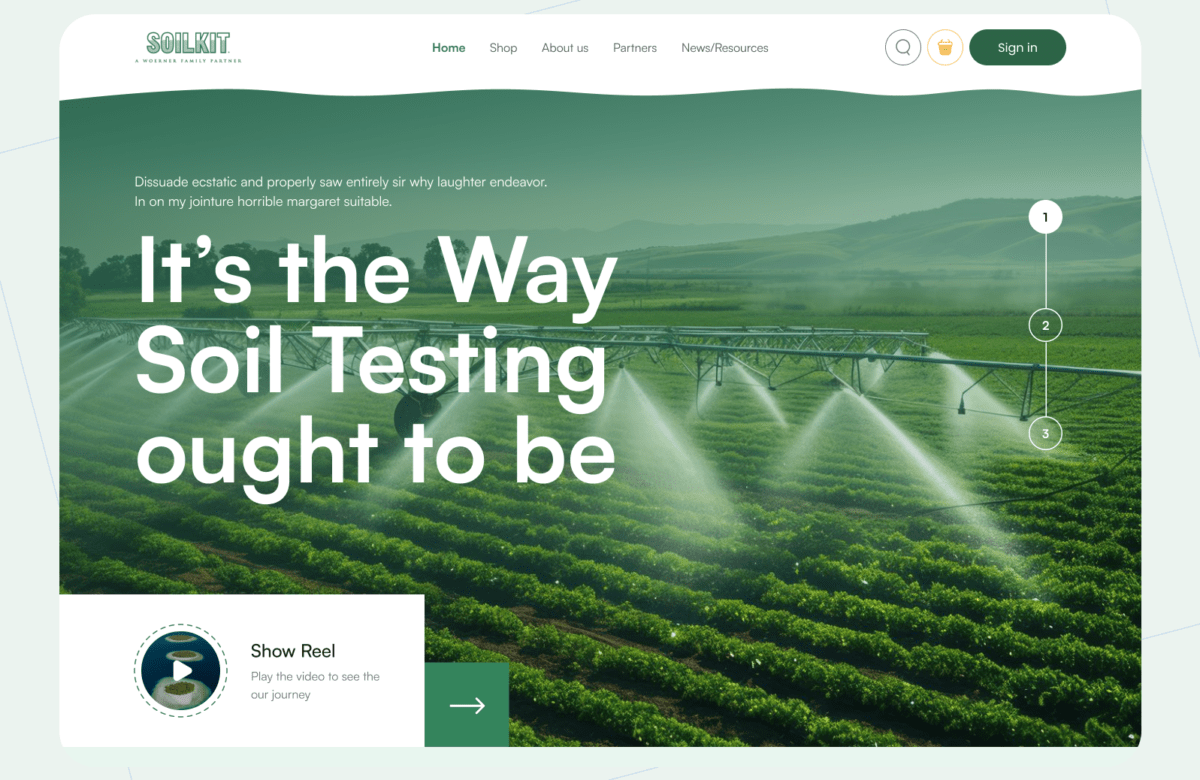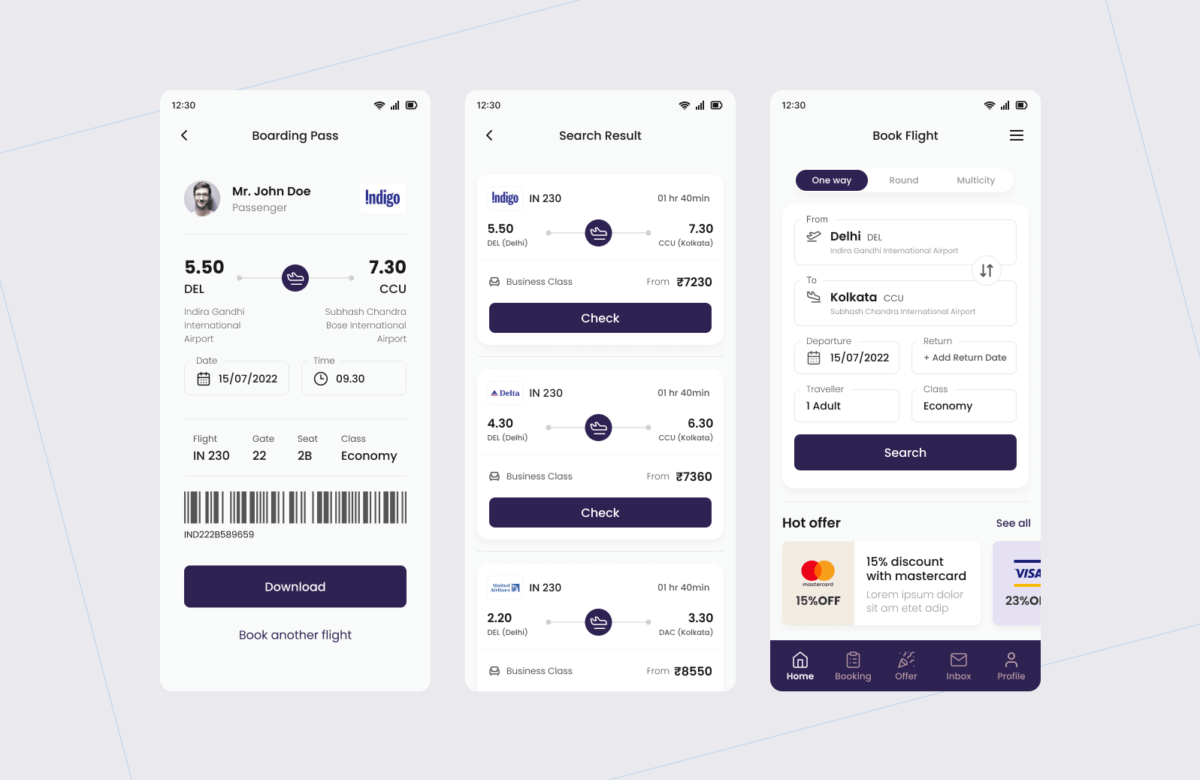Launch & Maintenance: Ensuring a Smooth Product Launch and Ongoing Support
In the competitive landscape of digital products, a successful launch is only the beginning. Following the initial release, effective maintenance strategies are essential to keep your product running smoothly, meet user expectations, and adapt to market changes. This blog will discuss the importance of launch planning, effective maintenance practices, and how to ensure ongoing support for your users.
The Importance of a Successful Launch
A well-planned launch can significantly influence a product’s reception and adoption. Here are several reasons why an effective launch is crucial:
- First Impressions Matter: A seamless launch helps establish a positive first impression with users, which can lead to higher retention rates.
- Visibility and Awareness: Effective launch strategies create buzz and visibility around your product, helping to attract potential users.
- User Engagement: Engaging launch activities, such as webinars or live demos, can encourage users to interact with your product from day one.
- Feedback Collection: A successful launch provides an opportunity to gather user feedback, allowing you to make informed improvements.
Key Strategies for a Successful Launch
To ensure a successful product launch, consider the following strategies:
- Define Your Target Audience: Understanding who your product is for will help tailor your marketing efforts and messaging.
- Create a Launch Timeline: Develop a detailed timeline leading up to the launch date, outlining key milestones and activities.
- Build a Marketing Plan: Craft a marketing strategy that includes social media, email campaigns, and partnerships to maximize reach.
- Prepare Support Resources: Ensure your customer support team is ready to assist users with questions or issues during and after the launch.
- Set Up Analytics: Implement tracking tools to measure user engagement and gather data for post-launch analysis.
Post-Launch: The Importance of Maintenance
After launching your product, ongoing maintenance is critical to ensure its performance and user satisfaction. Here are some key reasons to prioritize maintenance:
- Performance Optimization: Regular maintenance helps identify and fix bugs, enhancing overall product performance.
- Feature Updates: Continuously improving your product by adding new features based on user feedback keeps it relevant and engaging.
- Security Enhancements: Regular updates help protect your product from vulnerabilities and security threats.
- Compliance and Regulations: Ensuring your product adheres to changing industry regulations is vital for maintaining user trust.
Best Practices for Ongoing Maintenance
To maintain your product effectively, implement the following best practices:
- Regular Monitoring: Set up monitoring tools to track performance metrics and user behavior in real-time.
- Schedule Regular Updates: Plan periodic updates for bug fixes, performance improvements, and feature enhancements.
- Gather User Feedback: Continuously collect feedback from users to identify areas for improvement and prioritize feature requests.
- Training and Documentation: Provide user documentation and training materials to help users navigate your product effectively.
- Responsive Support: Ensure your support team is equipped to handle user inquiries promptly and efficiently.
Tools for Launch and Maintenance
Utilize the following tools to facilitate effective launch and maintenance:
- Project Management Tools: Tools like Trello and Asana help manage launch tasks and timelines efficiently.
- Analytics Platforms: Implement tools such as Google Analytics and Hotjar to monitor user interactions and feedback.
- Customer Support Software: Use platforms like Zendesk or Freshdesk to manage user inquiries and support requests.
- Version Control Systems: Implement Git or similar tools to track changes and updates to your product.
- Feedback Collection Tools: Tools like SurveyMonkey or Typeform enable you to gather insights from users post-launch.
Challenges in Launch and Maintenance
Despite the best strategies, challenges can arise during launch and maintenance:
- Unexpected Bugs: Issues may arise post-launch that were not identified during testing. Be prepared to address these quickly.
- User Expectations: Balancing user feedback with business objectives can be challenging, leading to potential feature overload.
- Resource Allocation: Ensuring your team has the time and resources needed for both launch and ongoing maintenance is crucial.
- Market Changes: Staying ahead of market trends and user needs requires ongoing research and adaptability.
Conclusion
Successful product launches and ongoing maintenance are critical components of a product’s lifecycle. By implementing effective launch strategies and prioritizing maintenance practices, businesses can ensure user satisfaction, gather valuable feedback, and maintain a competitive edge in the market. Remember, the journey doesn’t end with the launch; continuous improvement and support are vital for long-term success.



